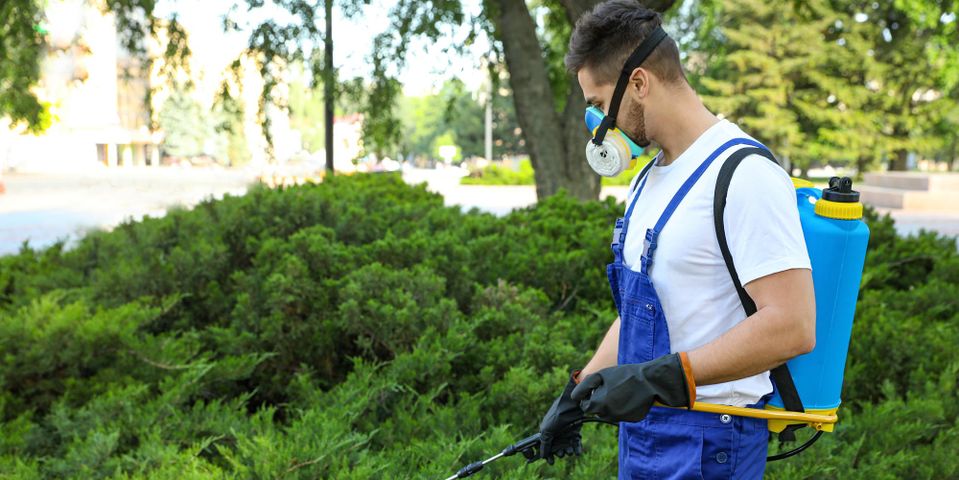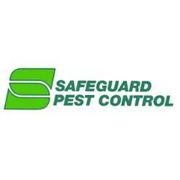
Wasps are useful to the ecosystem because they prey on other insects; however, they can become a problem for your pets and family if they nest near the house. Contacting wasp control and learning more about the bugs will help you avoid stings. Here are the answers to some common questions to get more informed.
A Guide to Wasps
How do they differ from hornets?
Although both bugs are long, thin, and hairless, they differ in size. Wasps can be half an inch to one inch in length, and hornets are larger. Additionally, wasps are black and yellow, while hornets are either black and white or reddish-brown with yellow markings.
How dangerous are they?
Wasps don’t seek to attack humans, but they’ll sting if they feel threatened. While the stings are painful, the discomfort and swelling typically subside within five to ten days.
 If you have an allergy, the reaction may include dizziness, a rash, swelling on the face, and difficulty breathing and swallowing. Prompt medical treatment is needed to treat these symptoms immediately.
If you have an allergy, the reaction may include dizziness, a rash, swelling on the face, and difficulty breathing and swallowing. Prompt medical treatment is needed to treat these symptoms immediately.
Where do they nest?
Wasps typically nest in trees and bushes. If they find their way indoors, they can make a home in the attic and garage, as well as behind the walls and ceiling.
Nests have a papery appearance and are light gray or brown, and they can be anywhere between the size of a walnut to a football. If you hear buzzing but can’t locate the nest, contact a wasp control professional to help you find it.
How can I avoid being stung?
Wasps will scavenge for nourishment around the house, so don’t leave food out if you’re picnicking or grilling in the backyard. If you notice a few flying around, protect yourself from stings by wearing socks, shoes, long-sleeved shirts, and thick pants.
If you’ve seen these bugs around the house, turn to Safeguard Pest Control in Sutter Creek, CA. These professionals have provided reliable wasp control solutions to homeowners throughout the Mother Lode since 1979. Their team is knowledgeable and licensed, and they’ll use their experience to locate and remove the nest. Get more information about their services online, or call (209) 267-1200 to request a free on-site estimate.
About the Business
Have a question? Ask the experts!
Send your question

